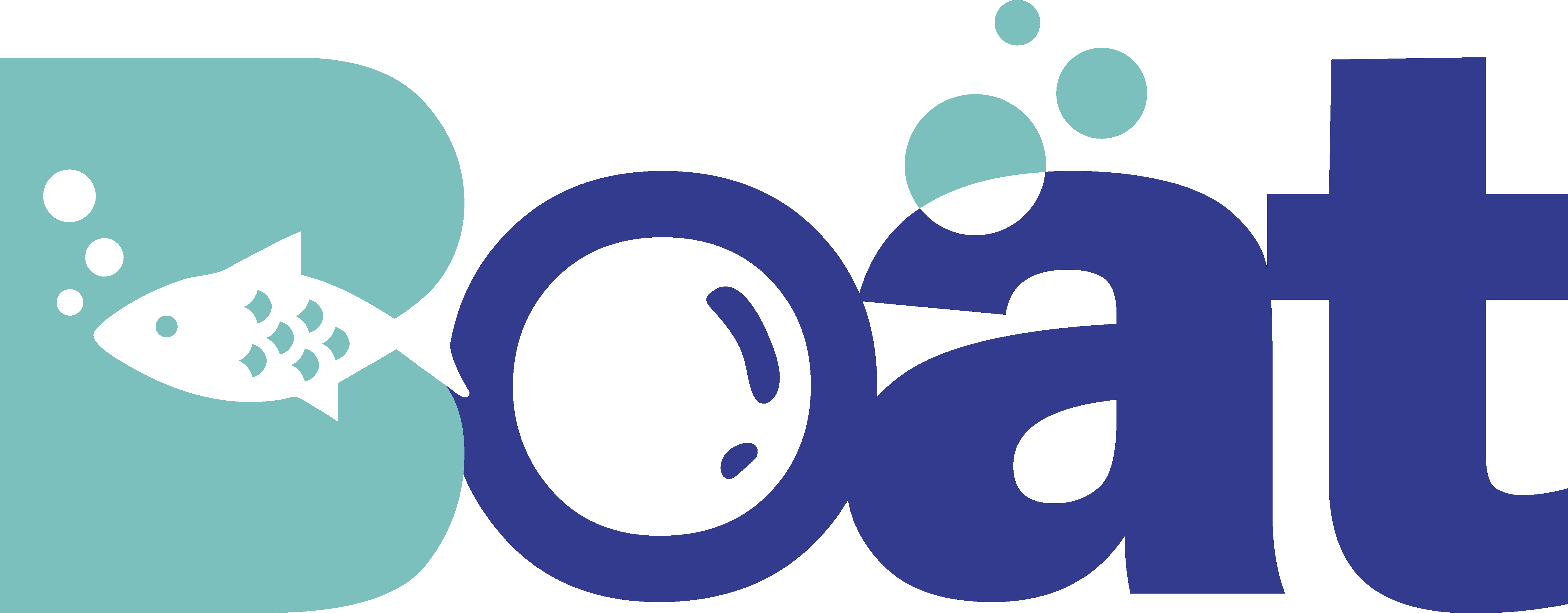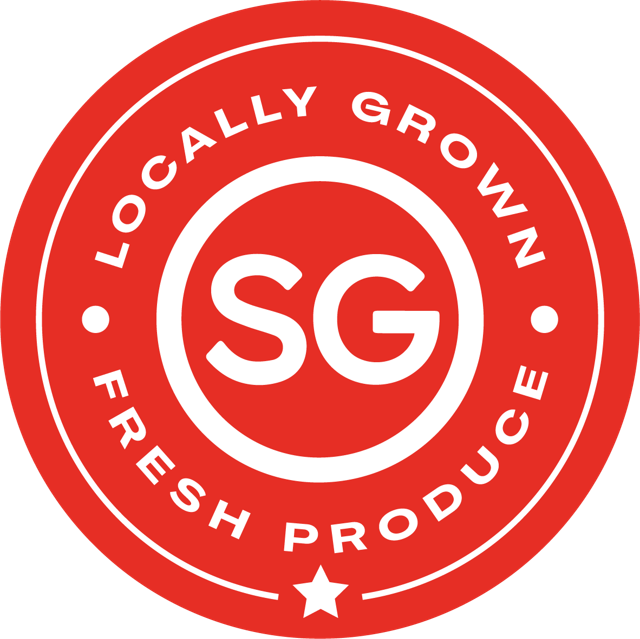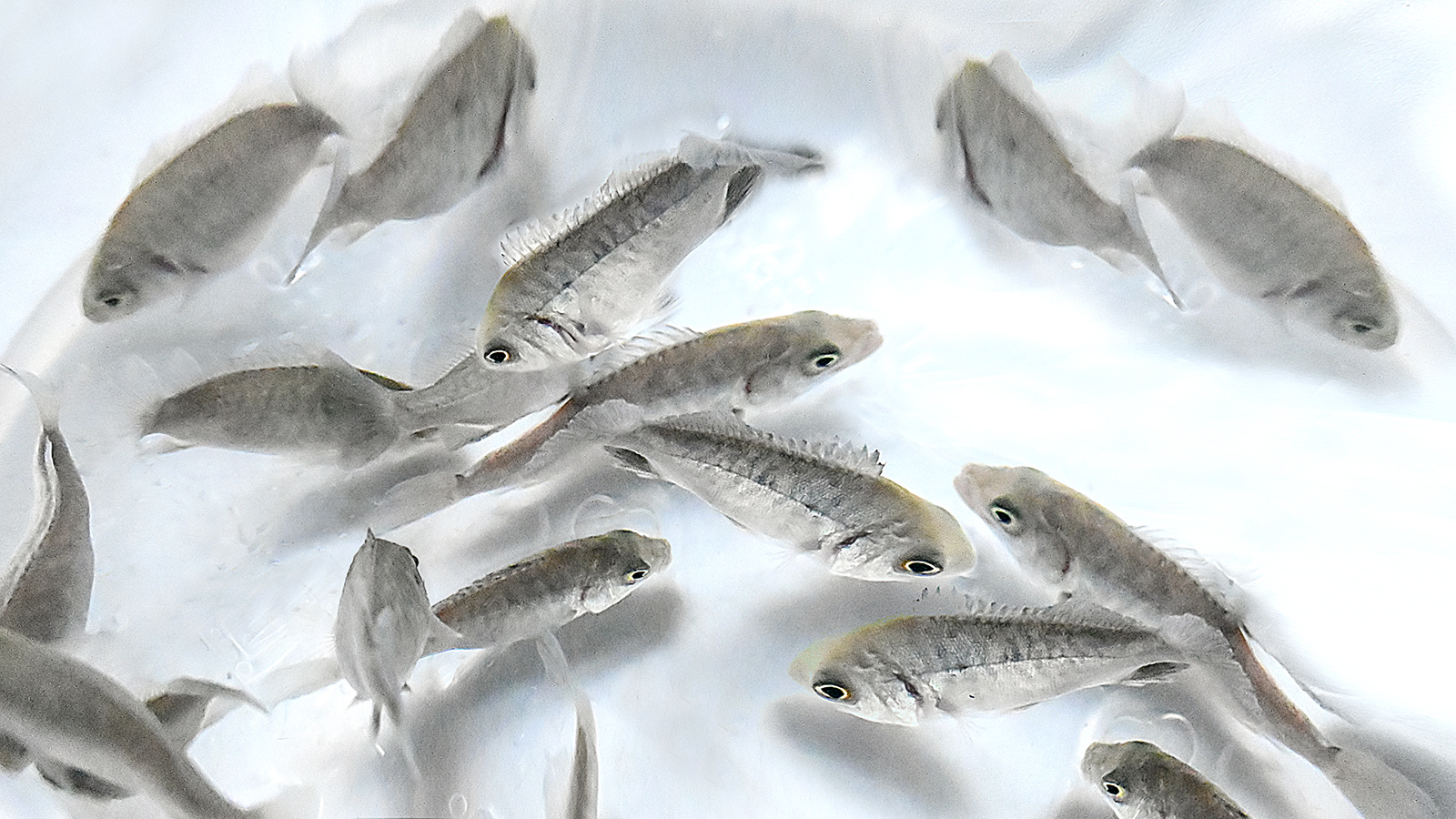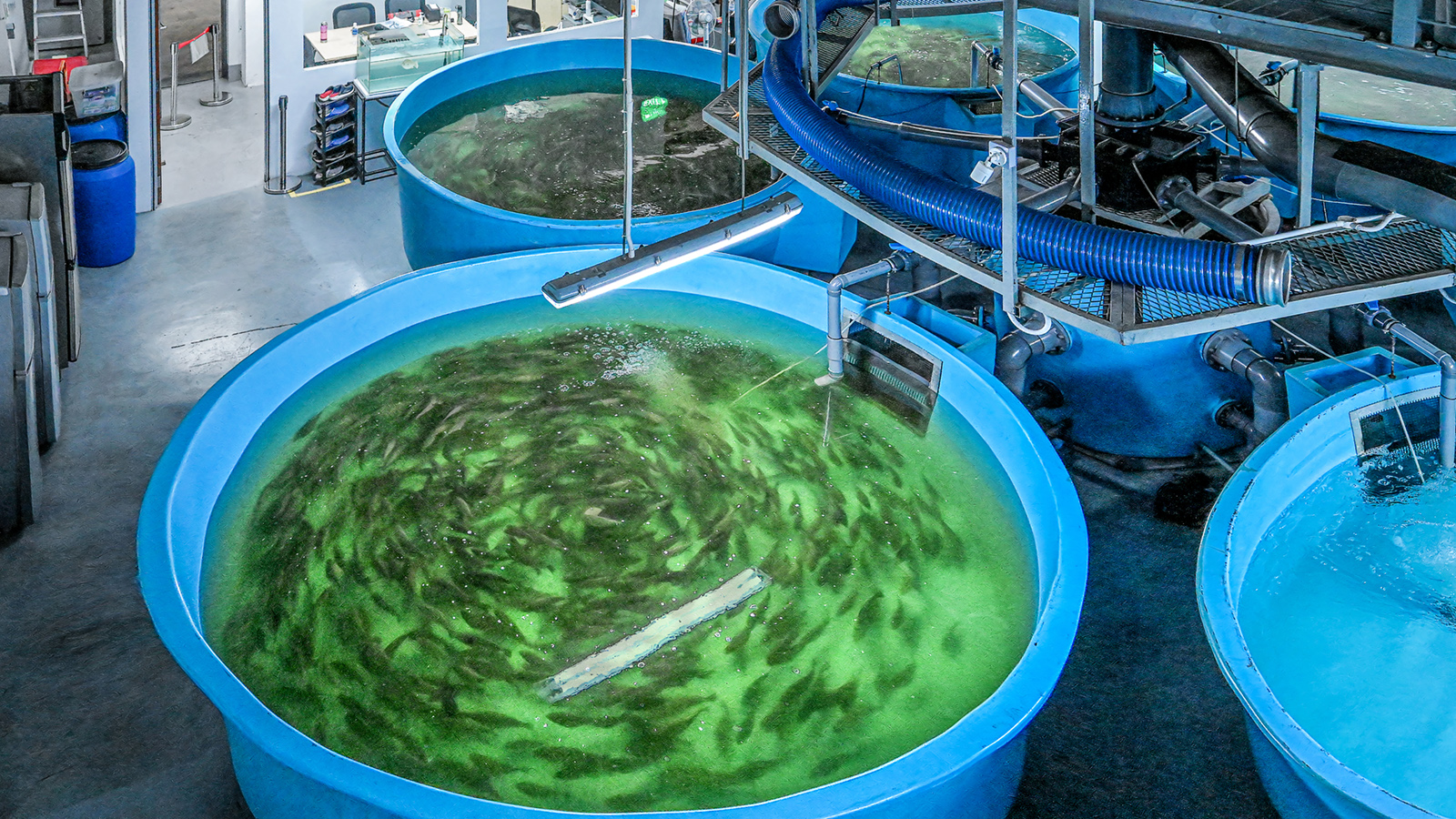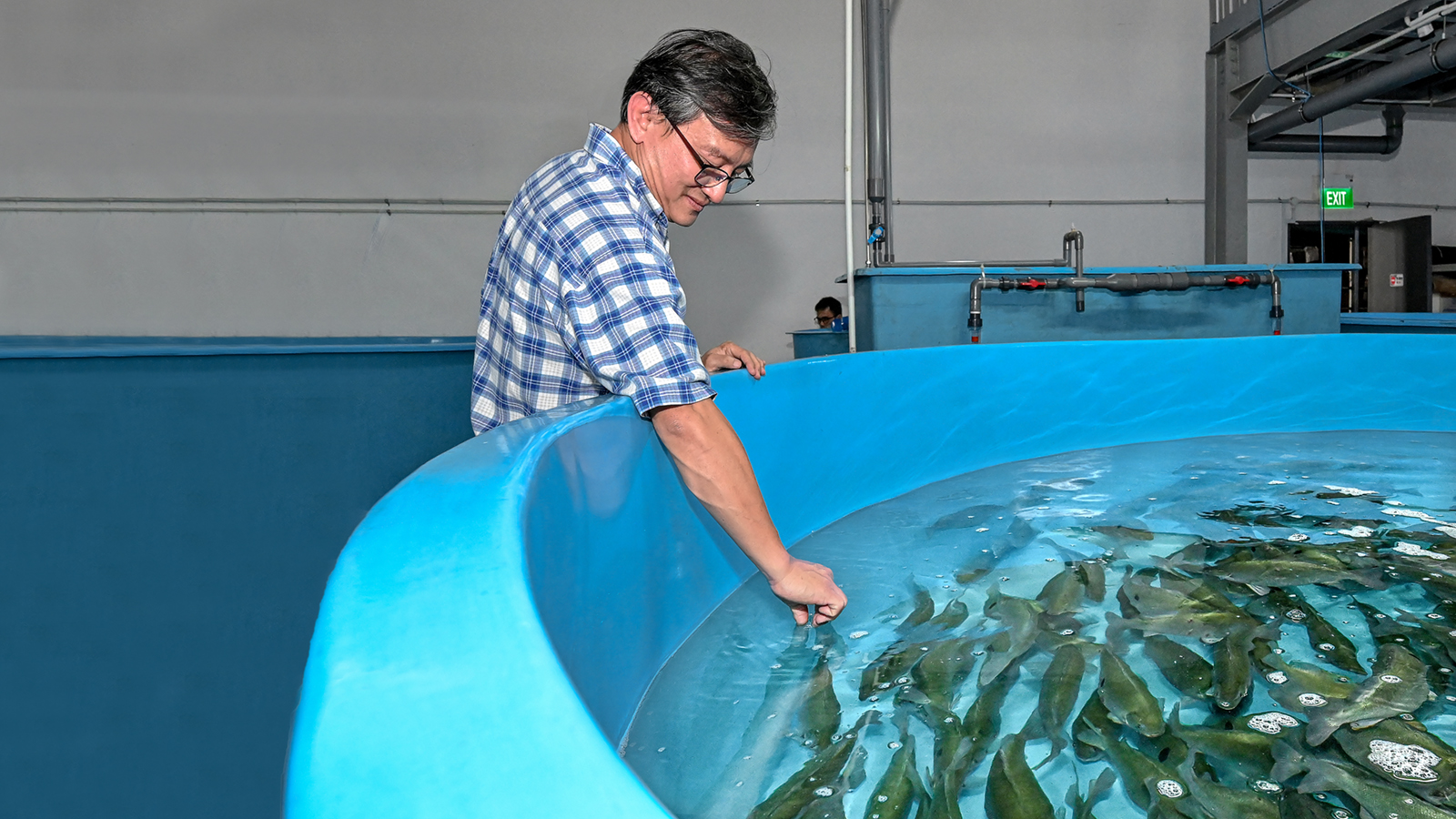Welcome to Blue Ocean Aquaculture Technology (BOAT)
The brainchild of engineering expert Ng Yiak Say, Blue Ocean Aquaculture Technology (BOAT) has transformed a factory space in Tuas into a fish farm for Singapore’s future.
Tapping on technological innovations like nano-oxygen technology, this factory-based indoor farming system provides a novel approach to fish farming in land-scarce Singapore. The business produces up to 18 tonnes of jade perch and red tilapia annually, supplying to some of the island’s most iconic restaurants such as TungLok Group and Paradise Group.
Factories for futuristic fish farming
BOAT’s founder Ng Yiak Say brings you behind the scenes of Blue Ocean Aquaculture Technology.
Hatching new plans for production
Currently, fish are brought to BOAT when they’re one month old and approximately 1-3 centimetres in size, and nurtured to maturity over six to eight months. But Yiak Say is looking into the process of hatching eggs, so that BOAT can better control the genetics of the fish.
“We’re currently involved in the middle section of the process, but farming actually starts in the nursery, where you hatch the eggs, and raise them from fry to fingerling to adult fish,” he shares.
Tapping on nanobubble technology
Pristine water is essential to both the health and the taste of a fish, and BOAT has taken extraordinary measures to ensure that their fish thrive in the best possible environment.
The farm employs nanobubble technology to create an oxygen-rich environment in their tanks. These bubbles — measuring 100 nanometres and invisible to the naked eye — dissolve instead of floating to the surface, enriching the water and killing bacteria in the process.
Safe spaces for sea life
Besides being a space-efficient method of aquaculture, factory-based indoor farming also has the benefit of protecting the fish from potential environmental hazards such as plankton bloom and water pollution.
“Think about the word ‘caveman’— thousands of years ago, we already knew that indoor spaces were safer than outdoors,” Yiak Say shares. “Even back then, we knew how to siam (avoid) when there was danger!”
A process of perfection
While an indoor farming system avoids potential environmental issues, rearing fish is still an arduous process that requires the utmost attention at every stage.
Throughout their lifecycle, the fish at BOAT are transferred between three separate tanks, depending on size and age. The fish are then harvested, vacuum packed, and iced to ensure quality and freshness.
“It’s not enough to just rear a fish, you have to worry about the entire production chain,” Yiak Say explains. “Post-harvest processing — such as cutting, descaling and storing — is also very important so that you don’t foul your fish.”
Fascinating farm facts
Modern fish farming is a fascinating profession. Here are some fun factoids to chew on!

Tilapia farming can be dated back thousands of years to ancient Egypt — there’s even a special hieroglyph that symbolises this ancient fish.

Jade perch gets its name from the distinctive green hue of its dorsal scales under light.

A nanobubble is so tiny that it cannot be perceived with the naked eye.
Feast for SG’S food security
Eat local and do your part to support our local farming community.
Eager to taste BOAT’s bounty for yourself? You’ll be able to buy their produce from RedMart and their website, or savour their fresh seafood at restaurants by TungLok Group and Paradise Group.
Keep an eye out for the SG Fresh Produce logo to sample produce proudly grown and harvested on Singaporean soil.
